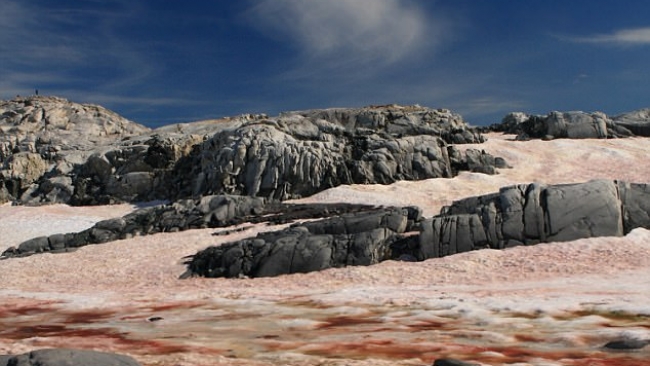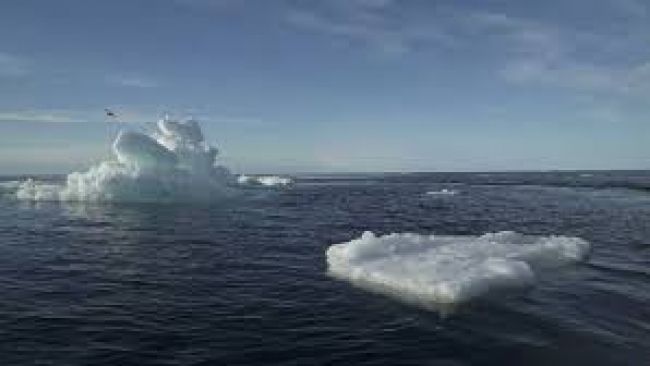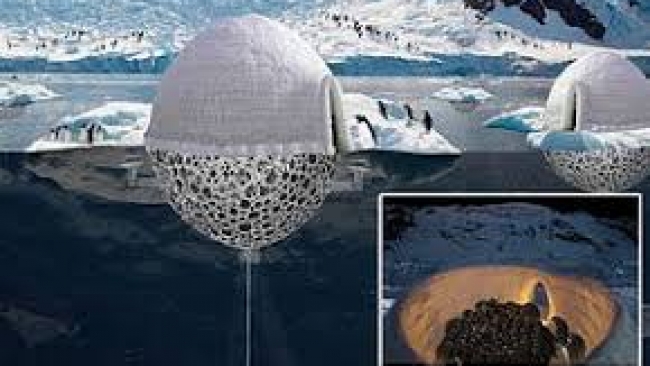Red snow created by microbes is supercharging climate change by causing glaciers to melt faster

Climate change is speeding up dramatically because of red snow, according to new research. Algae living on Arctic glaciers are turning the surface crimson reducing their ability to reflect sunlight. And it is creating a vicious circle - particularly on the Greenland and Antarctic ice sheets - as the extra meltwater fuels the growth of more microbes.
It is caused by a cold-loving, fresh-water algae known as Chlamydomonas nivalis that contains a scarlet pigment. Also known as 'watermelon snow' it's common during summertime along coastal polar regions - as well as high alpine areas. But the snow-dwelling microbes could substantially quicken glacier melt by making the surface darker and decreasing its reflectivity. This in turn encourages the growth of more algae, according to the study published in Nature Geoscience.
Professor Roman Dial said although fresh white snow reflects most sunlight impurities such as black carbon and dust can darken the surface.
This dirty snow increases glacial melting as the snow warms more easily. The specialised algae living on glaciers have a similar effect as they change the snow to red - making it darker than unaffected landscape.
Source: Daily Mail
Tue 19 Sep 2017 at 07:47



.jpg)
.jpg)
